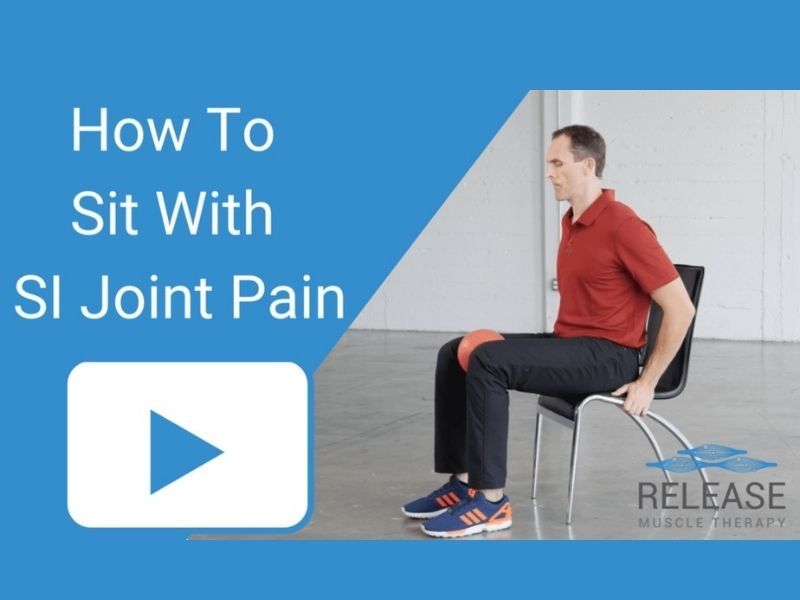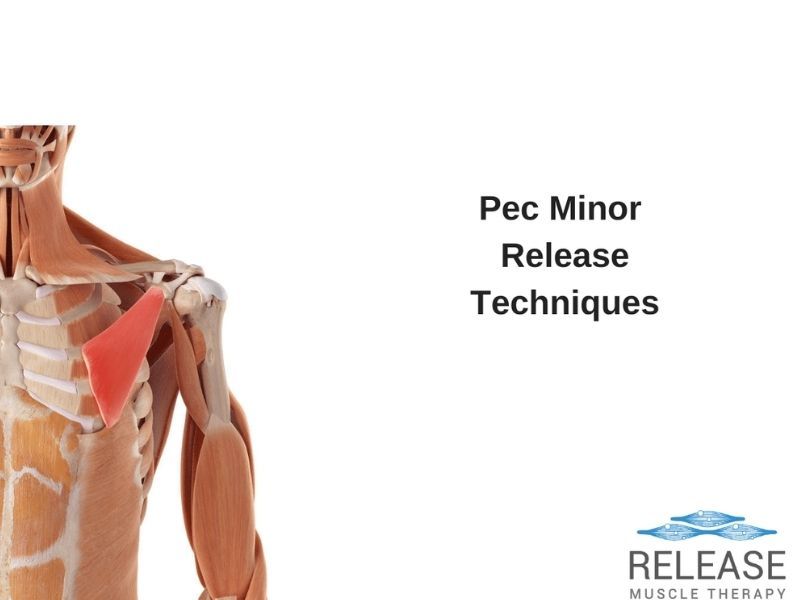How To Sit With SI Joint Pain


Sitting with SI joint pain for any length of time can make you miserable. Unfortunately there isn’t just “one fix” that will work for everyone all the time.
Instead, there are a number of things that can help reduce SI joint discomfort. They need to be tested to find out which works best.
However, the key reason why most people feel pain when sitting is because of a lack of movement. Tissues, and especially nerves, need blood flow and oxygen to reduce increased sensitivity.
This is especially important to remember because at the end of the day, you need to MOVE as a human being, and not doing so simply cannot be worked around by using an expensive ergonomic chair, creams, pills, etc.
The sacroiliac joints and surrounding joints need to be addressed not only with positional changes, but also with specific exercise protocols, which can be found in my other posts.
That said, let’s get to our how to sit with SI joint pain list.
How To Sit With SI Joint Pain – Seated Hip Shift Mobilization w Ball
Since we are all asymmetrical (not balanced front/back/left/right), we tend to have favorite sides to sit on, muscles to use more, etc.
These asymmetries can be exacerbated in our daily activities, so we need to be conscious of using both sides of our body. This movement in particular will help accomplish this task while sitting.
SI joint dysfunction is often associated to relative anterior/posterior tilting of the iliac crest on the sacrum. While this is hard to validate, especially visually on a standing movement or posture test, we can replicate this alternating shifting movement with this mobilization.
Here is how to do it:
- Sit upright with your feet flat on the floor and with your hips slightly higher than knee level.
- Place a small ball or yoga block between your knees. (even a rolled up towel or pillow will work)
- While keeping your feet flat on the the ground, shift your weight to one side and pull your hip back while simultaneously pushing the opposite hip forward.
- Hold this position for 1-2 seconds, then repeat on the other side.
- Shift from side to side until you start to feel some fatigue, you start to lose good form, or feel any discomfort.
When you perform this hip shifting maneuver, it’s essentially “pumping” the hips and lower back. You need to make sure this movement is done with low intensity. It’s not about forcing the range of motion or building strength or anything else.
Just introducing movement, getting blood flowing, and relaxing overly sensitive nerves.
How To Sit With SI Joint Pain – Seated Hip Shift Mobilization w Band
This option is almost identical to the previous one, but in this version you will place a light mini-band around your knees.
The first version emphasizes the groin muscles to pull the hip back, and this version emphasizes the glutes to slide the opposite knee forward, but also to decelerate the same side hip as it goes back.
Yeah, that can sound a bit confusing, but the point is those muscles need to do both. In addition, adding a bit of resistance to the glutes further helps you to feel them and also get a bit of a muscle pump for blood flow.
Here is how to do it:
- Sit upright with your feet flat on the floor and with your hips slightly higher than knee level.
- Place a light-moderate mini-band above your knees. (don’t go too heavy on this as it will distort the movement!)
- While keeping your feet flat on the the ground, shift your weight to one side and pull your hip back while simultaneously pushing the opposite hip forward. Maintain the tension outward against the band with your knees.
- Hold this position for 1-2 seconds, then repeat on the other side.
- Shift from side to side until you start to feel some fatigue, you start to lose good form, or feel any discomfort.
You may find that one of these versions appears to help reduce discomfort better, OR doing both of them provides the best effect.
The one that works better for pain relief is the one you should repeat often throughout the day.
That said, IF you are going to do an exercise movement frequently, my rule is to make sure it’s done with LOW intensity. Getting excess muscle soreness or fatigue is not the goal, and in fact it may slow down progress because you have to wait until it goes away to proceed.
Should You Use A Standing Desk?
A standing desk is always a good option to rotate with sitting, especially if you’re dealing with sacroiliac joint pain. The loading on the SI joints is different in the standing position due to differences in muscle activity.
The standing desk is a great option to allow you to take frequent breaks from sitting and reduce the pressure on your spine .
Seat Cushions For SI Joint Pain
Seat cushions can often be helpful for low back pain and SI joint relief. The surface of many office chairs aren’t comfortable and may generate a source of noxious input into the lower back.
There are many different seat cushion options, but I have frequently recommended the Auvon version, which you can check out here.
Sometimes just adding a novel source of stimulation from a new sitting surface is enough to reduce sacroiliac joint pain.
Related Blog Posts:
5 Special Tests To Uncover SI Joint Dysfunction
How To Know If Your SI Joints Are Causing Your Pain
Sacroiliac Joint Belts – Do They Work?
Is Cycling Good For SI Joint Pain?
Best Mattresses For SI Joint Pain
Is Walking Good For SI Joint Pain
Sam Visnic
I’ve spent my life studying the fundamental aspects of human health with a focus on movement and clinical massage therapy. In a world of specialists, surgical procedures, drugs and quick fix remedies, I’m committed to finding and developing strategies that help people stuck at the “gap”. Over the last 20 years I’ve studied dozens of systems and methodologies for uncovering the root cause of aches and pains, along with postural and movement issues. Pain science, the art and science of hands-on soft tissue massage techniques, myofascial release, and coaching movement is essential in my practice. Integrating different methods but above all deciphering WHEN to use different techniques with different people and situations, along with integration of movements that people want to be able to do again is the key to long term success with my incredible track record with clients. Understanding the various elements that contribute to conditions and the power of communication and education makes my Release Muscle Therapy program separate from other hands-on therapy approaches.
Blogs You May Be Interested In
Categories
-
Deep Gluteal Pain Syndrome
-
Deltoids
-
Fallbrook
-
Foam Rolling
-
Glutes
-
Hamstrings
-
Hypnosis For Pain
-
Lats
-
Levator Scapulae
-
Lifestyle
-
Massage Therapy
-
Mobility
-
Movement and Exercise
-
Murrieta
-
Muscles
-
Nutrition
-
Obliques
-
Pain
-
Pectorals
-
Piriformis
-
Plantar Fasciitis
-
Product Review
-
Psoas
-
Quadratus Lumborum
-
Quadriceps
-
Rhomboids
-
Serratus Anterior
-
SI Joint
-
Sternocleidomastoid
-
Stretching
-
Subscapularis
-
Temecula
-
TMJ
-
Trapezius
-
Uncategorized
















